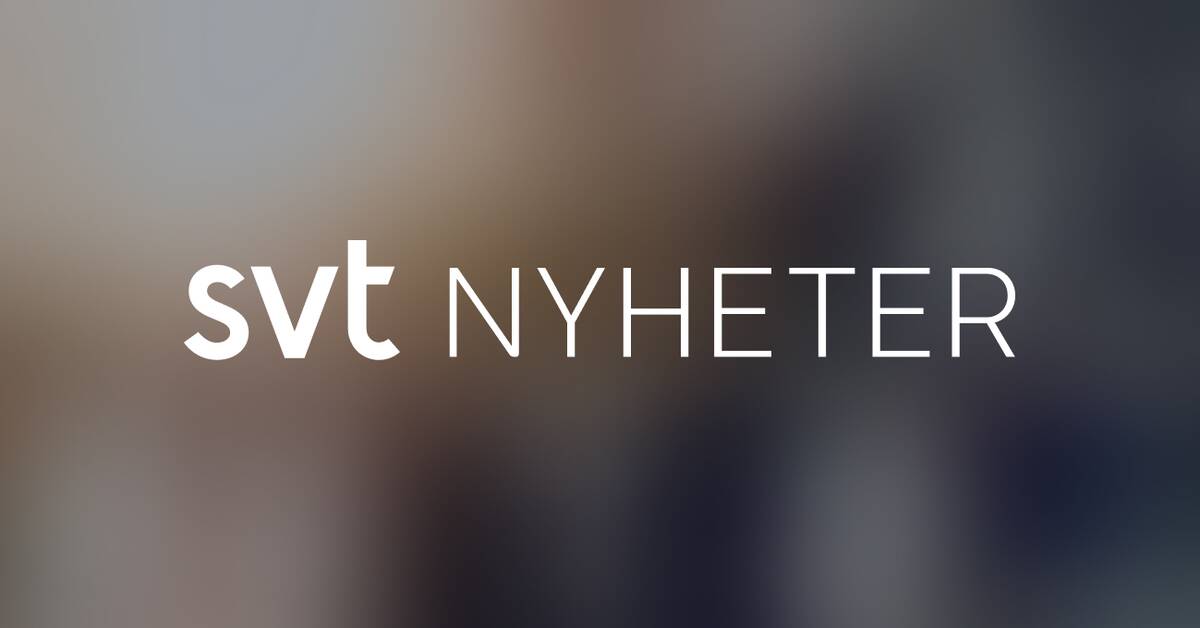KI expects that the Riksbank's first increase since December 2019 will come as early as September and that the key interest rate will then be raised to 1 percent by 2024. Later - until 2026 - they believe in another interest rate increase.
Inflation is peaking this year
According to the updated forecast from the CPI, inflation according to the CPI measure is expected to peak at 5.2 per cent this year to fall back to 2.8 per cent in 2023. To reach the Riksbank's inflation target of 2 per cent, however, one must wait until 2024, according to the KI.
Growth is expected to slow to 3.3 percent this year and down to 2.1 percent in 2023.
KI estimates that the Ukraine war will lead to approximately 200,000 Ukrainian refugees coming to Sweden this year.
This will lead to large increases in public spending.
“However, public finances are strong.
Despite sharply increased public spending, structural net lending is close to zero in the next few years.
The Swedish economy enters a mild boom at the end of this year and unemployment will fall to just under 7 percent in 2023 ", writes KI.
The barometer indicator fell in March
At the same time, the mood in the Swedish economy is generally stronger than normal, according to a barometer indicator from the National Institute of Economic Research (KI).
But households are depressed.
"This is the lowest level of the indicator since 2009," writes KI about the household confidence indicator, which falls 15.5 units to 73.5.
“The macro index, which summarizes households' views of the Swedish economy, fell back by almost 14 units, to 89.4.
The micro-index, which summarizes households' views on their own finances, fell by just over 16 units, to 71.2 ”, KI adds.
KI's barometer indicator for March fell 2.8 units to 110.3, down from 113.1 in February.
The manufacturing industry confidence indicator rose by 0.7 units to 125.0.
“The sharp fluctuations in the retail confidence indicator will continue in March, when the indicator fell by 7.7 units to 111.3.
The reason for this month's change is that fewer companies state that inventories are too small and gloomier expectations of future sales volume, ”writes KI.

